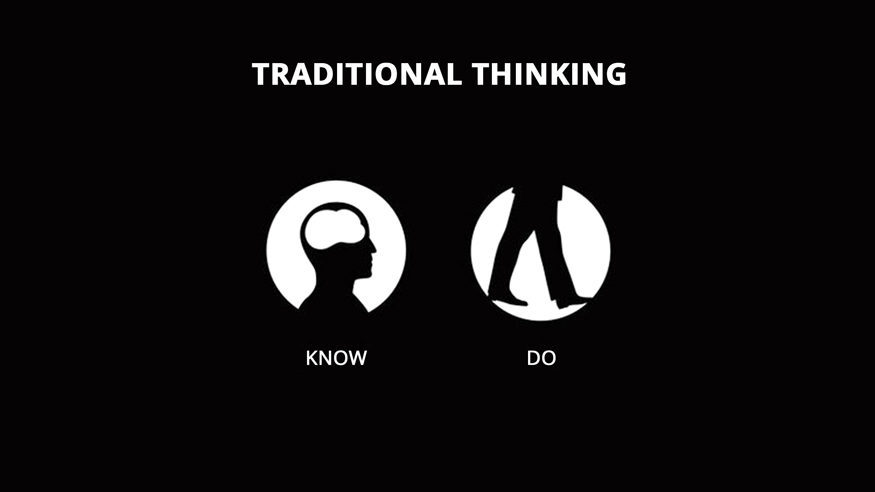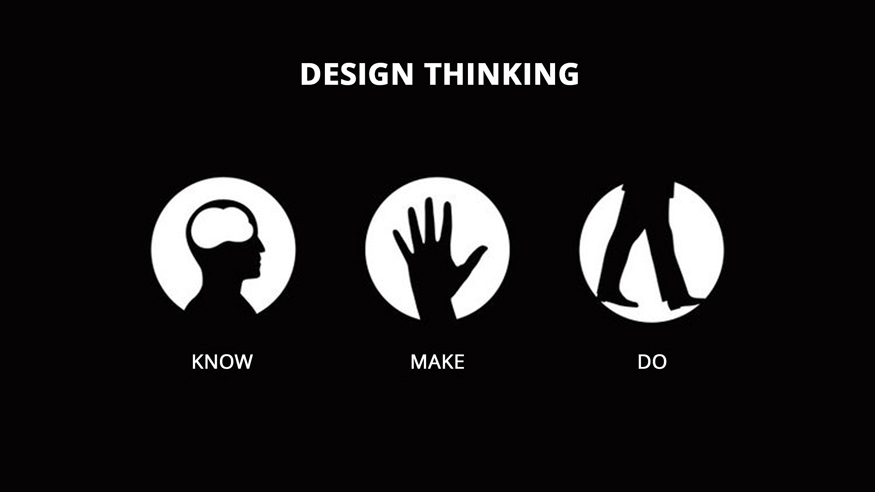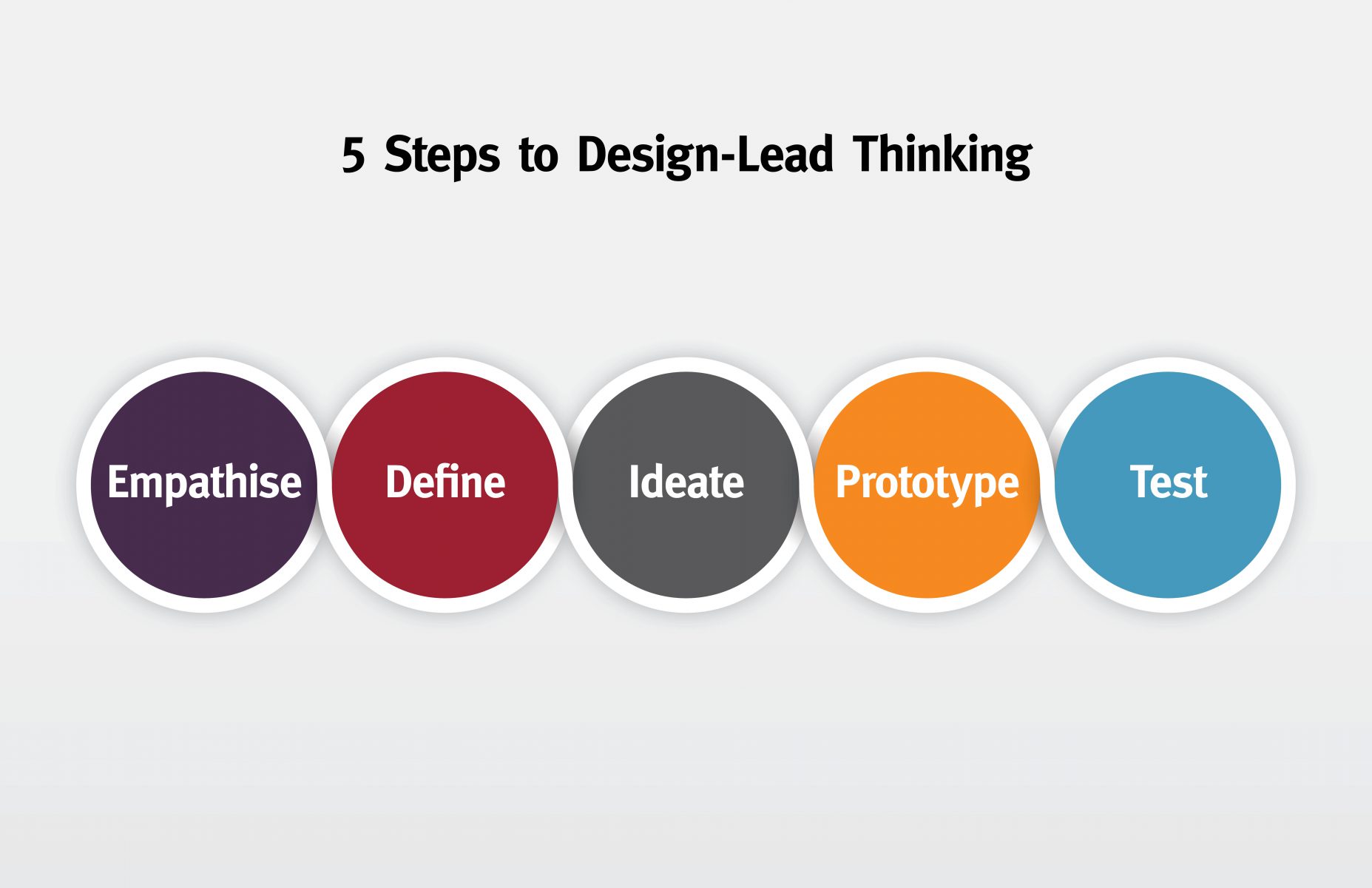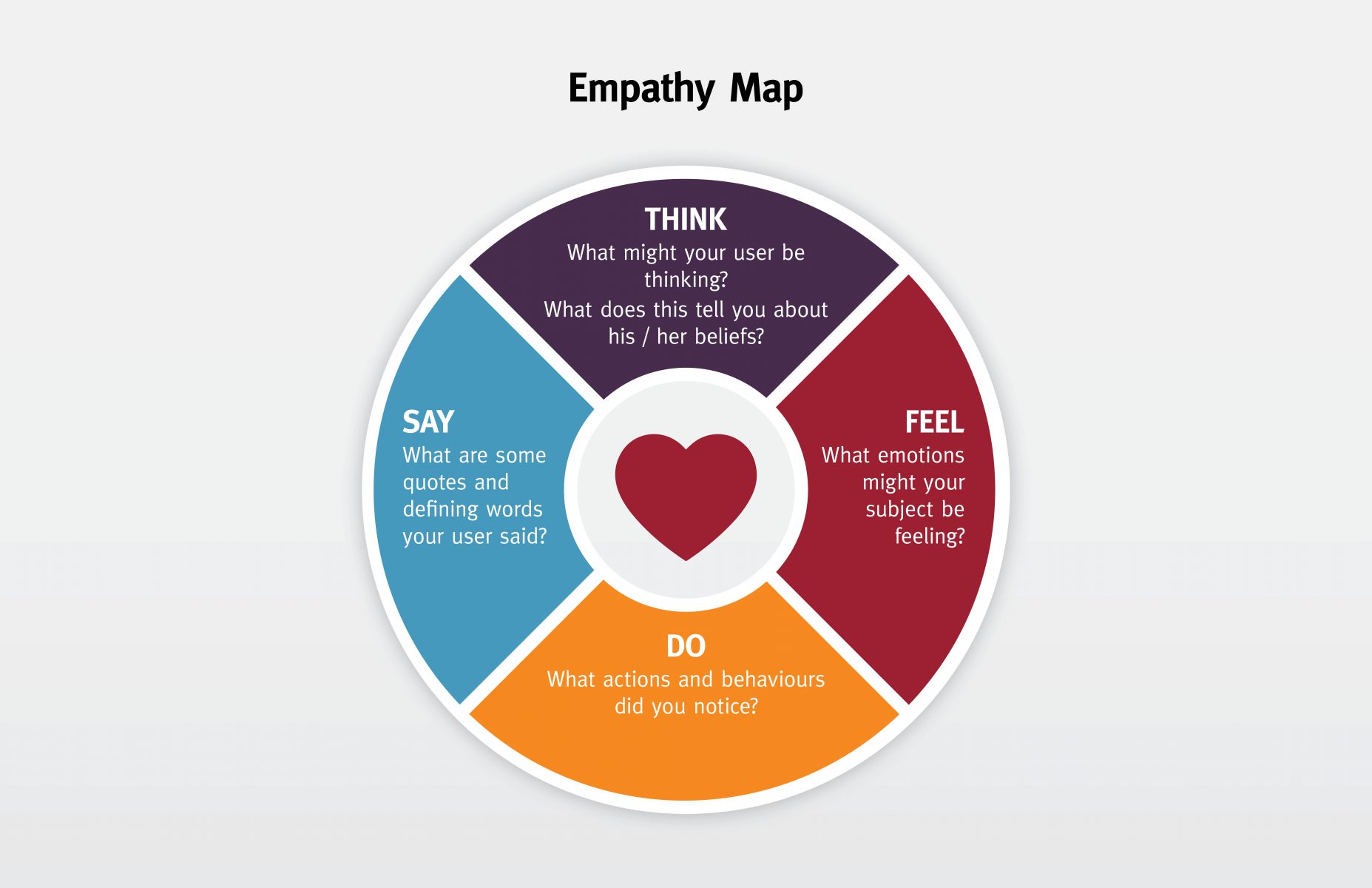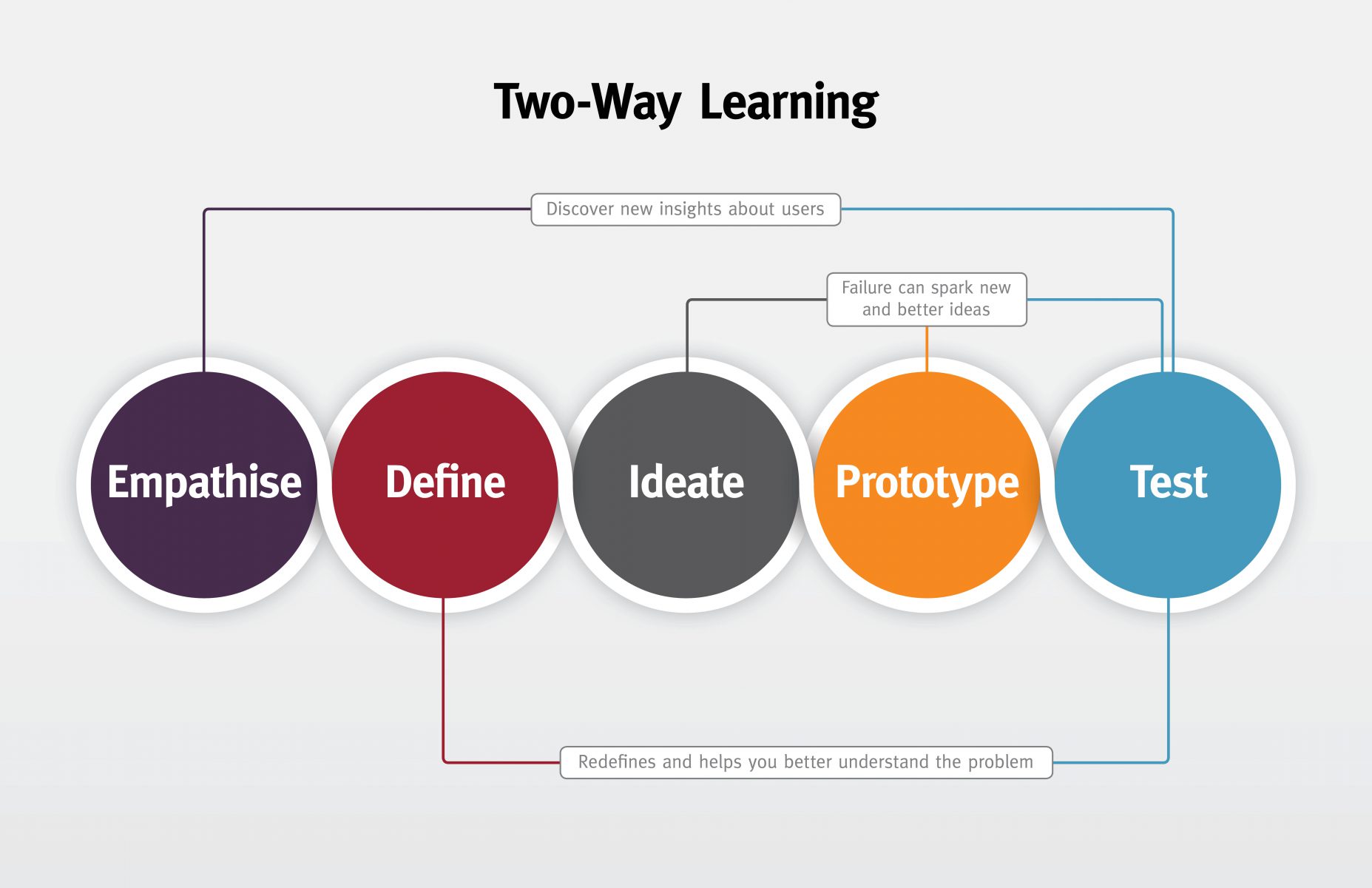Step 1 – Empathy
Design thinking is about thinking from the outside in. Why is that important? Because it’s only when you understand what your customers need, their problems, that you can start coming up with imaginative and innovative ways of solving them.
One of the most dangerous traps for a company to fall into, is to start the other way around. To try and develop the solution first, then try and find the user need and the ‘gap in the market’ for what they’ve created.
Instead, your first and most important step in Design-Led Thinking is ‘empathy’. You need to put yourself in your audiences and your end users’ shoes to really understand them, their lives and what they need.
You can start doing this by observing users, looking at what they do, their behaviour and looking at it in the context of their own lives.
But you can’t just observe, you also need to start engaging with users. Interact with them. Interview them. Encourage them to share their stories. This will help you build an empathy map, creating a picture of not only what your users do, but what they say, feel and think.
And lastly, you can immerse yourself and experience what your user experiences for yourself.
This should help you develop what’s called an ‘Empathy Map’. A complete view of how your end user thinks, feels, acts and speaks.
